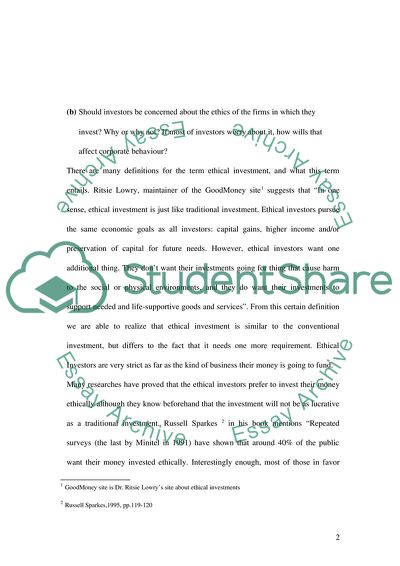Cite this document
(Financial Assessment on Shareholders, Interest Rates and Cash Flows Assignment, n.d.)
Financial Assessment on Shareholders, Interest Rates and Cash Flows Assignment. https://studentshare.org/finance-accounting/1705722-corporate-finance
Financial Assessment on Shareholders, Interest Rates and Cash Flows Assignment. https://studentshare.org/finance-accounting/1705722-corporate-finance
(Financial Assessment on Shareholders, Interest Rates and Cash Flows Assignment)
Financial Assessment on Shareholders, Interest Rates and Cash Flows Assignment. https://studentshare.org/finance-accounting/1705722-corporate-finance.
Financial Assessment on Shareholders, Interest Rates and Cash Flows Assignment. https://studentshare.org/finance-accounting/1705722-corporate-finance.
“Financial Assessment on Shareholders, Interest Rates and Cash Flows Assignment”. https://studentshare.org/finance-accounting/1705722-corporate-finance.


